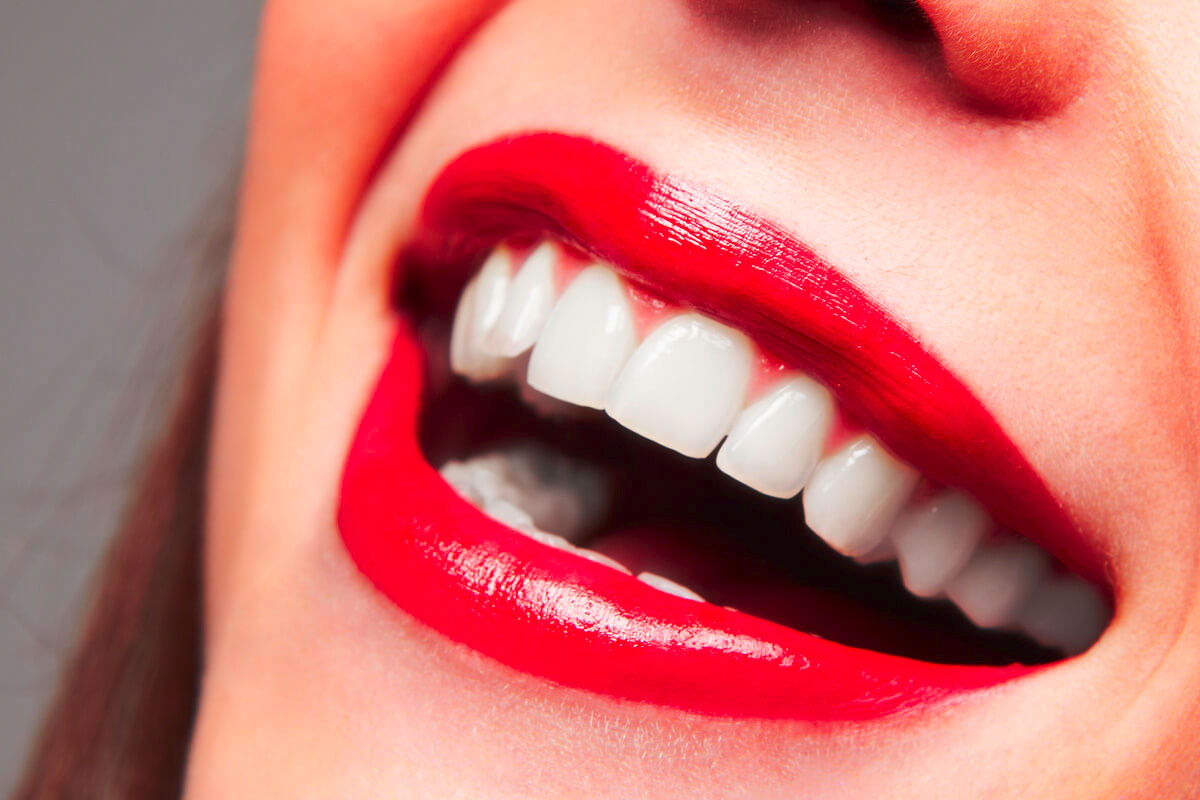Are you tired of hiding your smile? Ready to reveal your true radiance? Look no further than bonding and veneers. These dental procedures can transform your smile and boost your confidence in no time. Bonding and veneers are two popular cosmetic dentistry options that can address a variety of dental flaws. Whether you have chipped teeth, gaps, or discolouration, these treatments can give you the smile you’ve always dreamed of.
The Difference Between Bonding and Veneers
Bonding and veneers are distinct dental procedures with unique advantages. Bonding uses tooth-coloured resin to correct minor flaws like chips and discolouration. It is a quick and cost-effective solution in a single dental visit. Veneers, made of porcelain or composite material, are custom shells that address a wider range of issues, including gaps, misalignment, and stubborn stains. They provide a natural and durable enhancement to your teeth, delivering a perfect smile that may not be achieved with bonding alone.
Benefits of Bonding
- Enhanced Cosmetic Appeal: Bonding is an effective way to improve your smile’s aesthetics by concealing minor issues like chips, cracks, or stains.
- Quick Results: Bonding typically requires just one dental visit, offering fast and noticeable improvements.
- Painless Procedure: Bonding is usually painless and doesn’t require anaesthesia, preserving your natural tooth structure.
- Cost-Efficiency: Compared to other cosmetic dental treatments, bonding is a budget-friendly choice for smile enhancement.
- Versatility: Bonding can address various minor dental imperfections, making it adaptable for cosmetic improvements.
Benefits of Veneers
- Total Smile Transformation: Veneers provide a comprehensive solution for smile enhancement, tackling gaps, misalignment, and stubborn stains.
- Natural Appearance: Custom-made veneers match your natural tooth’s shape, size, and colour, blending seamlessly for an authentic look.
- Exceptional Durability: Veneers are highly durable and stain-resistant, offering a long-lasting smile enhancement.
- Minimal Tooth Reduction: Veneers require less enamel removal compared to alternatives like crowns, preserving more of your natural tooth structure.
- Stain Resistance: Veneers resist staining from substances like coffee and tobacco, ensuring a lasting bright appearance.
- Tailored Design: Custom veneers allow you to achieve your desired smile appearance through personalized design.
The Process of Getting Bonding
- Assessment: Your dentist will first examine your teeth to determine if bonding is the right solution for your dental needs.
- Tooth Preparation: To prepare your teeth for bonding, your dentist will gently roughen the tooth’s surface using a light etching process. This texturing helps the bonding material adhere effectively. A conditioning liquid is applied to further enhance the bond between the tooth and the resin.
- Resin Application: Your dentist will apply a tooth-coloured resin to the treated tooth and shape it to achieve the desired appearance. The resin is carefully sculpted and smoothed to match your natural tooth contours.
- Hardening: To secure the resin to the tooth, a special light is used to harden it. This step ensures a strong bond between the resin and the tooth.
- Finishing Touches: After the bonding material has hardened, your dentist will refine and polish the bonded tooth for a seamless and natural look. The entire process is generally painless, and you can leave the dental office with an instantly improved smile.
The Process of Getting Veneers
- Preparing Teeth: If veneers are a good option, your dentist will prepare your teeth by removing a tiny bit of the outer layer (enamel). This is done with numbing so you don’t feel it.
- Making Impressions: They’ll make molds of your teeth to create custom veneers that match your natural teeth in size and colour.
- Temporary Veneers: While the real veneers are being made, you might get temporary ones to protect your teeth and keep your smile looking good.
- Creating Veneers: Skilled technicians at a dental lab make your custom veneers, which can take a week or two. During this time, you might still wear the temporary ones.
- Attaching Veneers: Once your veneers are ready, your dentist will carefully attach them to your teeth using special dental cement. They make sure they fit perfectly and look natural.
- Adjustments: After attaching the veneers, your dentist might make some small changes to make sure they fit well and feel comfortable.
- Final Touch: Your new smile gets a final polish to make the veneers look smooth and natural alongside your other teeth.
Maintaining and Caring for Bonding and Veneers
To maintain the longevity and appearance of both bonding and veneers, incorporate simple care routines into your regular oral hygiene practices. For bonded teeth, practice good oral hygiene by brushing at least twice daily and daily flossing. Avoid biting on hard objects and attend regular dental check-ups for monitoring. Veneers, being more robust, also require regular care: follow your dentist’s brushing and flossing recommendations, limit stain-causing substances, and schedule dental check-ups. If you grind your teeth, consider a nightguard. With these care steps and regular dental visits, you can enjoy the benefits of bonding and veneers for a lasting, confident smile.
Richmond Dental Centre Accepting New Patients
Are you looking for a local dentist in the city of Richmond? The Dental Professionals at Richmond Dental Centre welcomes walk-ins, emergencies & new patients! Give us a call at (604) 273-3368 to schedule a dental appointment.







